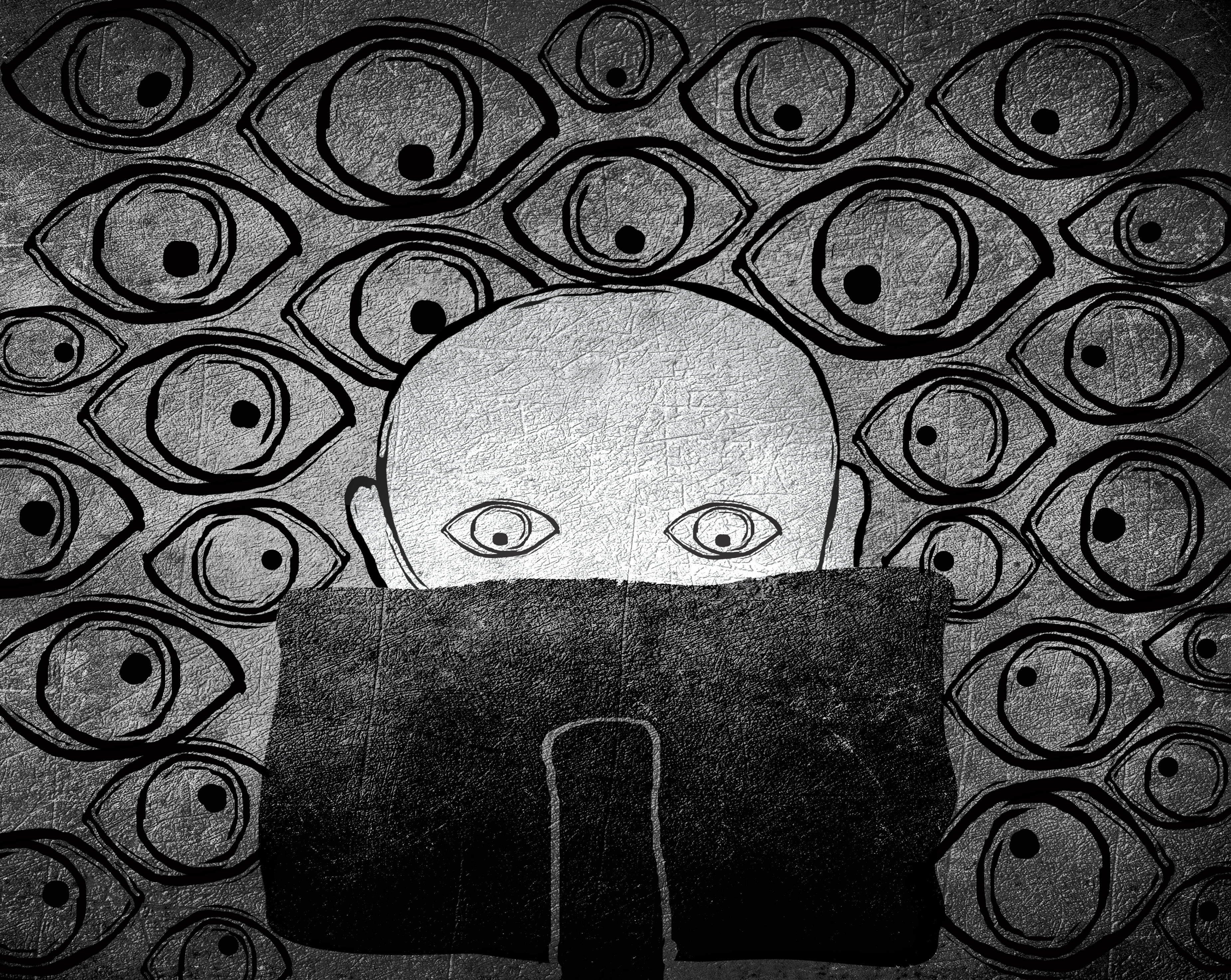How brands can use big data without creeping people out
A look at how radically the internet is revolutionizing advertising

Back in the old days, sometime around 1992, the most information that advertisers could glean about you was your age and where you lived. In today's mobile marketplace, that seems almost quaint.
Modern media companies and their advertisers can parse each page impression down to almost every single attribute of a viewer. They collect data from across all digital platforms, including phones, tablets, desktops, and televisions, and distill it into specific data groups: "working women over 40 who like tennis and live in the Pacific Northwest"; or "men 18-35 who watch Game of Thrones and pay for online transactions with American Express." Thanks to ongoing digital advancements, you can be sure: Advertisers know you — they really know you. And they can target ads that are personalized just for you and your habits.
"When someone visits one of our guides about the best accounting software, we can retarget them on Facebook, Google, and elsewhere with an ad for another piece of content about accounting software, or a direct offer to purchase accounting software," says David Waring, co-founder and editor-in-chief of FitSmallBusiness.com, an online magazine for small business. "This makes the advertising experience much more personalized to the viewer, and can up ad performance substantially."
The Week
Escape your echo chamber. Get the facts behind the news, plus analysis from multiple perspectives.

Sign up for The Week's Free Newsletters
From our morning news briefing to a weekly Good News Newsletter, get the best of The Week delivered directly to your inbox.
From our morning news briefing to a weekly Good News Newsletter, get the best of The Week delivered directly to your inbox.
But with big data comes even bigger challenges. Kevin Knight, chief marketing officer of Experticity, says targeted advertising can sometimes freak people out and maybe even turn them off to your product. "You can look at it as the kind of focus that goes into buying a friend the perfect birthday gift," Knight says. "Or you can look at it like the kind of focus a hunter employs when stalking an animal. Too much of today's advertising feels like the latter and unsurprisingly, consumers don't like to feel stalked."
That's true. Anyone who's ever Googled a product, or bought something on Amazon, only to have the same product pop up in ads for the next week knows how creepy targeted advertising can feel. Some people are so paranoid about this idea that they believe Facebook is actually listening to their conversations and using the information to serve them ads. Recently the paranoia about this grew to such a fevered pitch that a Facebook executive actually had to come out and publicly deny the rumors. "No, we are not using anyone's microphone to do any of that," said Stan Chudnovsky, vice president of product for Facebook Messenger. "We're also not using the context of your conversations in order to target ads. None of that is happening." Good to know. But as Wired reports, other digital tools, like smart speakers, might not be so innocent.
But Knight says not all data leads to creepy personalization, stressing that targeting has to be done in a transparent way. Several platforms, like Hulu and Instagram, regularly ask users which of a given set of ads they prefer. "Self-reported data is generally going to be a better starting point for advertisers than the kind of inferred data that can creep users out," Knight says. "This kind of explicit solicitation of info that helps personalize ads is a win-win."
But some companies are hoping big data obtained with the help of the internet will be their magic bullet for instant success. Experts warn ad targeting won't do any good if advertisers don't understand their brand. "Personalization is transactional. Brands are emotional," says Susan Credle, chief global creative officer of global advertising agency FCB. She created Allstate's "Mayhem" campaign and M&M's iconic walking, talking characters. "If you don't get [the branding] right, you should just put everything on hold."
A free daily email with the biggest news stories of the day – and the best features from TheWeek.com
Indeed, having so much information about potential customers at their fingertips may actually be making advertisers lazy. If the product isn't any good (or consumers have no interest in it), no amount of target marketing will convince them to buy.
Instead of over-relying on big data, brands should allow it to enhance their advertising, not drive it entirely. "Just because we can doesn't mean we should," says Janet Balis, a partner and leader of EY's global advisory media and entertainment group. "We need to lean into our creative side and ask ourselves: Is this an effective storytelling technique? Will it delight, engage, and inform consumers?"
Overall, the expert advice to brands testing the personalization waters seems to be this: Take your foot off the gas and think not just about who you want to reach, but why. "If people think they need a fly swatter to get rid of you, that's not how you build a relationship," Credle says. "Amazon, for example, keeps track of all your orders. When I needed a replacement light bulb, I could look at my past orders and find the exact bulb I needed. They use their data to my advantage, not just to their advantage. Once I feel you are using my information for your gain, then you're done."
-
 UN votes to end Lebanon peacekeeping mission
UN votes to end Lebanon peacekeeping missionSpeed Read The Trump administration considers the UN's Interim Force in Lebanon (UNIFIL) to be a 'waste of money'
-
 RFK Jr. names new CDC head as staff revolt
RFK Jr. names new CDC head as staff revoltSpeed Read Kennedy installed his deputy, Jim O'Neill, as acting CDC director
-
 'America's universities desperately need a reset'
'America's universities desperately need a reset'Instant Opinion Opinion, comment and editorials of the day